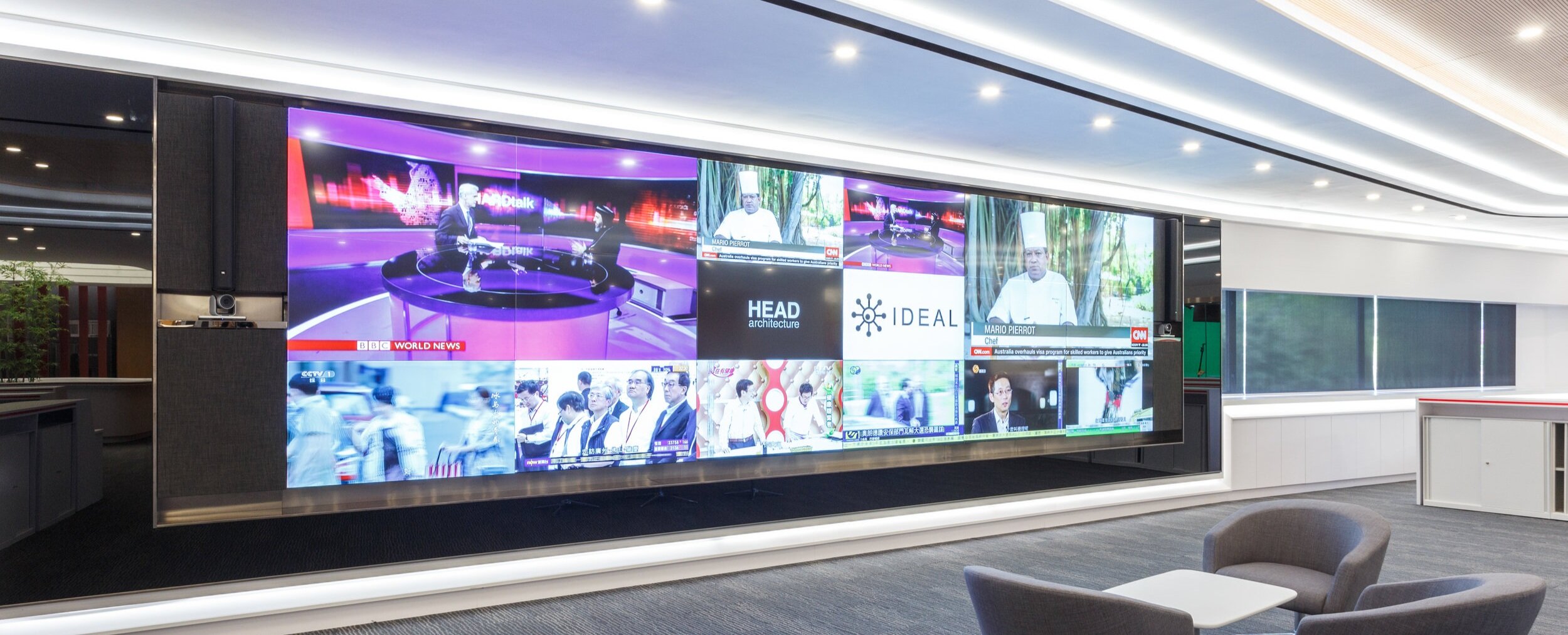Investigating the Key Elements That Influence Hue Uniformity in LED Panel Screens for Ideal Visual Output
Investigating the Key Elements That Influence Hue Uniformity in LED Panel Screens for Ideal Visual Output
Blog Article
Hue uniformity in LED wall panels is essential for attaining optimal visual output. light-emitting diode wall screens are widely used in various settings, including concerts, meetings, and promotional showcases. When the colors on these panels are consistent, they create a more captivating and immersive experience for viewers. Several critical elements affect hue consistency, including the caliber of the LED components, tuning procedures, and surrounding conditions.
The quality of the LED components plays a major role in hue uniformity. Different types of LEDs emit light at varying frequencies, which can affect the overall hue output. High-quality LEDs are designed to generate a more consistent light range, resulting in better hue accuracy. Additionally, the manufacturing process of these light-emitting diodes can affect their functionality. Panels made with high-grade materials and technology tend to have fewer color variations, ensuring that the displayed images and videos look lively and faithful to reality.
Tuning is another essential factor in preserving hue consistency in light-emitting diode wall screens. Tuning entails adjusting the configurations of the panel to make certain that the colors shown align the intended design. This procedure can consist of fine-tuning brightness, differentiation, and hue balance. Regular calibration is necessary, especially in environments where lighting conditions vary often. By calibrating the panels, technicians can fix any inconsistencies in color output, resulting to a more consistent observing experience.
Environmental conditions also influence hue consistency in LED wall screens. Elements such as ambient light, temperature, and moisture can affect how colors are perceived. For instance, intense ambient light can dull hues, making them appear more lively. Similarly, harsh temperatures can affect the functionality of the light-emitting diodes, resulting to color shifts. To mitigate these problems, it is crucial to install led wall rental for parties light-emitting diode wall panels in controlled environments where illumination and heat can be controlled effectively.
Finally, the design and arrangement of the light-emitting diode wall screens can affect color consistency. The arrangement of the panels, as well as the distance from which they are viewed, can create variations in hue perception. When panels are arranged too far apart or at varied positions, audiences may detect inconsistencies in color. To achieve the optimal visual output, it is crucial to take into account the positioning and alignment of the panels during installation. By addressing these factors, operators can guarantee that their light-emitting diode wall screens provide a uniform and high-quality visual experience.